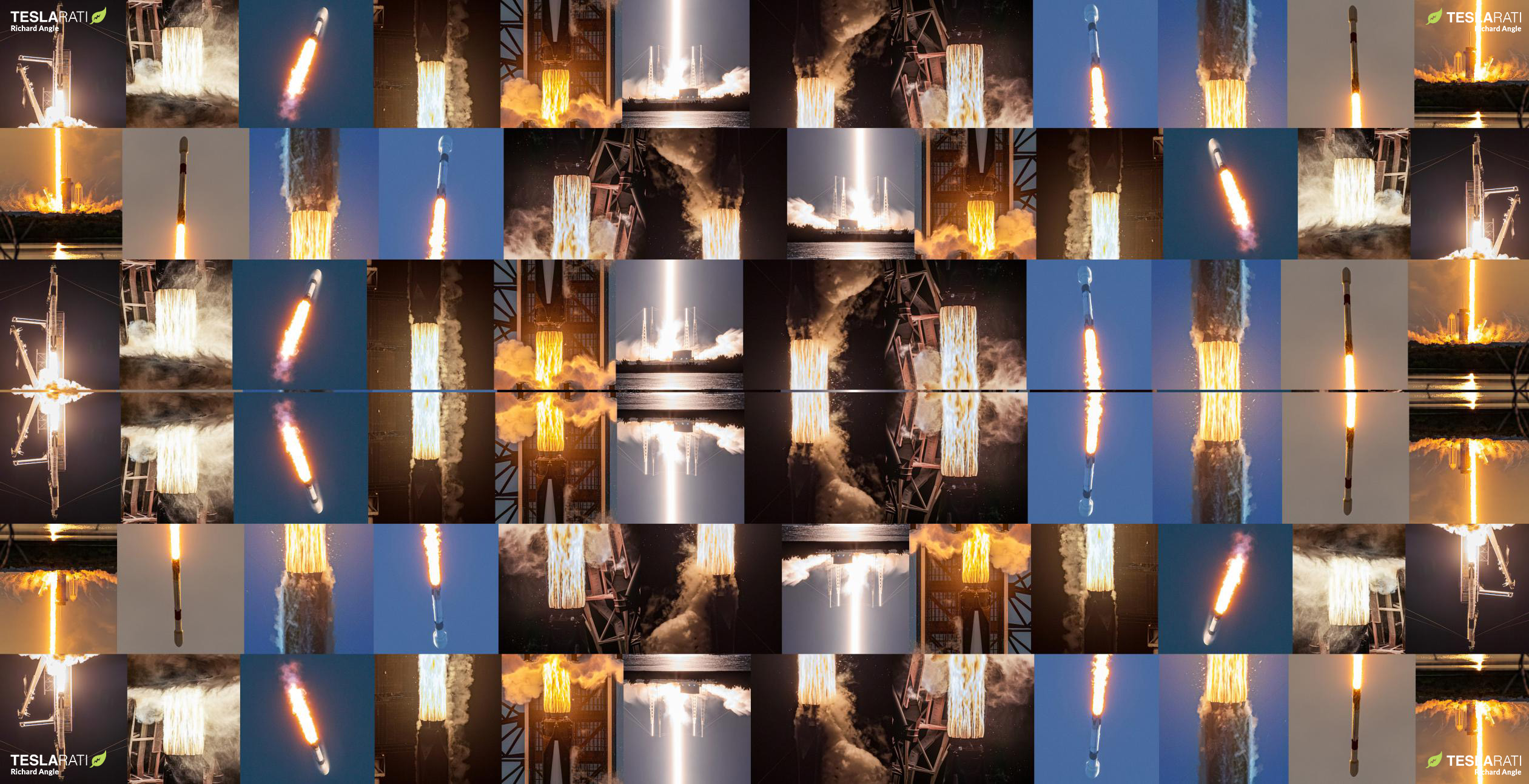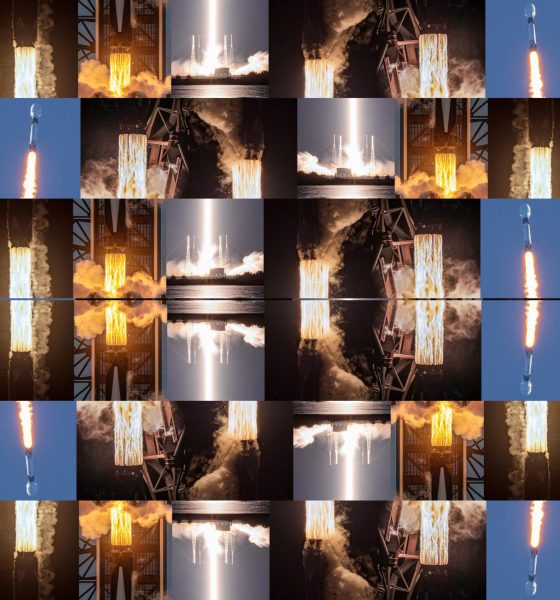On the heels of SpaceX’s last launch of 2021, which rounded out a record-breaking year and marked the 100th successful Falcon booster landing, the time has come to look at what the new year might hold for the world’s most prolific commercial launch provider and its workhorse rockets.
Thanks in part to a number of delays that pushed a significant portion of SpaceX’s planned 2021 launches into next year, the company’s 2022 launch manifest is bigger than any other year in its already impressive history. In 2021, having completed 31 orbital launches, SpaceX’s Falcon 9 was the single most launched rocket in the world – beating out several Russian and Chinese rockets operated by each country’s national space agency. On its own, Falcon 9 launched six more times than the entire country of Russia.
However, despite how impressive SpaceX’s performance was this year, all evidence suggests that 2022 could see almost twice as many Falcon launches as 2021.
That information comes from unofficial manifests maintained by fans and followers, who collate dozens of different reports, press releases, and rumors to create a rough picture of upcoming launch plans. Of course, the farther away any given launch is; the more likely it will be significantly delayed. Even official information from SpaceX itself would not be able to accurately predict how many launches it will conduct over a year or more, but the manifests are still useful tools for rough predictions.
In general, short of a major launch failure grounding a given rocket or some other unforeseen catastrophe (2021’s semiconductor supply issues, for example), unofficial manifests have been maybe 60-80% accurate. In the case of 2022, two such well-maintained manifests agree that SpaceX has approximately 40 launches currently scheduled next year – including up to 5 Falcon Heavy missions and at least 35 Falcon 9 launches. SpaceX has never had more launches scheduled in a single year. Simultaneously, after SpaceX’s 2021 performance, 2022 is the first time it’s been possible to seriously believe that the company might actually be able to complete 40 commercial launches in one year. And even then, that figure is still only part of the story.

Starlink
In 2021, SpaceX completed 17 successful dedicated Starlink missions, launching just shy of 1000 satellites – 989 to be exact – in a single year. In the first five months of 2021, before unknown issues caused an unintended Starlink launch hiatus, SpaceX completed 13 of those dedicated Starlink launches. In other words, if satellite production had kept up with SpaceX’s Falcon fleet, the company was technically on track to complete more than 30 Starlink launches in a single year, which – combined with all other missions – would have amounted to a total of 43 launches in 2021.
That specificity is important because – save for a single Starlink mission – the ~40 commercial launches on SpaceX’s 2022 manifest entirely exclude Starlink launches. Given that skipping or intentionally throttling a full year of Starlink launches is simply out of the question for SpaceX, that means that the company has approximately 40 commercial missions to launch on top of one or two dozen potential Starlink V1.5 missions. Assuming that Starlink V1.5 production remains somewhat constrained relative to Starlink V1.0, which peaked at an implied average of more than 1800 satellites per year in H1 2021, it might be reasonable to expect up to 20 (rather than 30) Starlink V1.5 launches in 2022 if production remains steady.
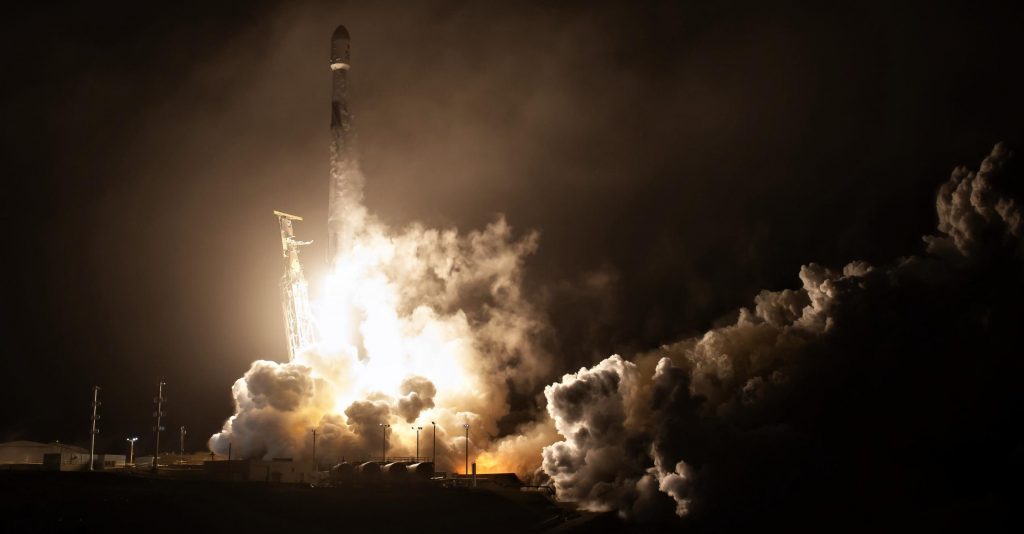
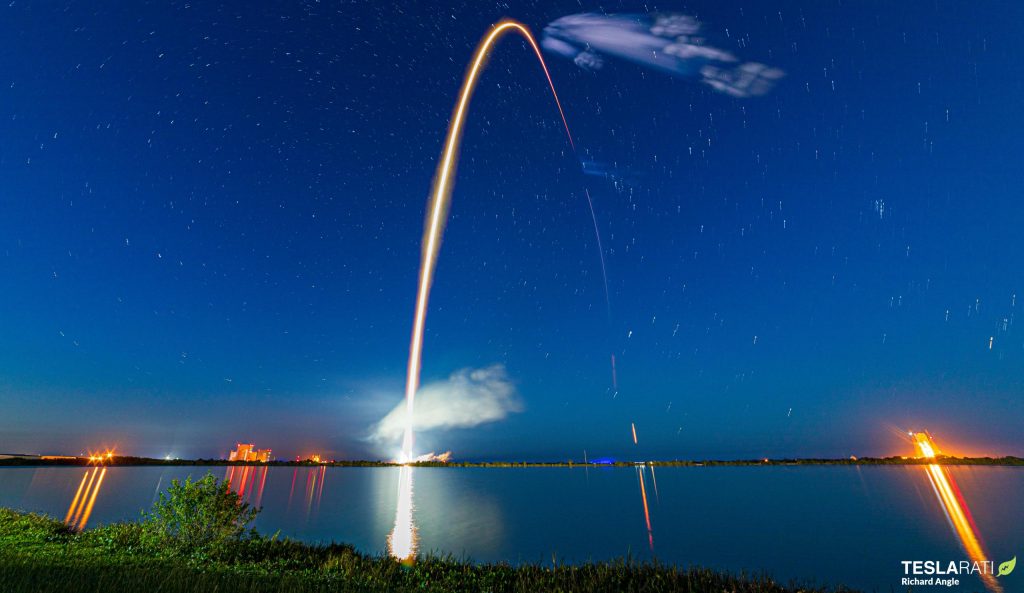
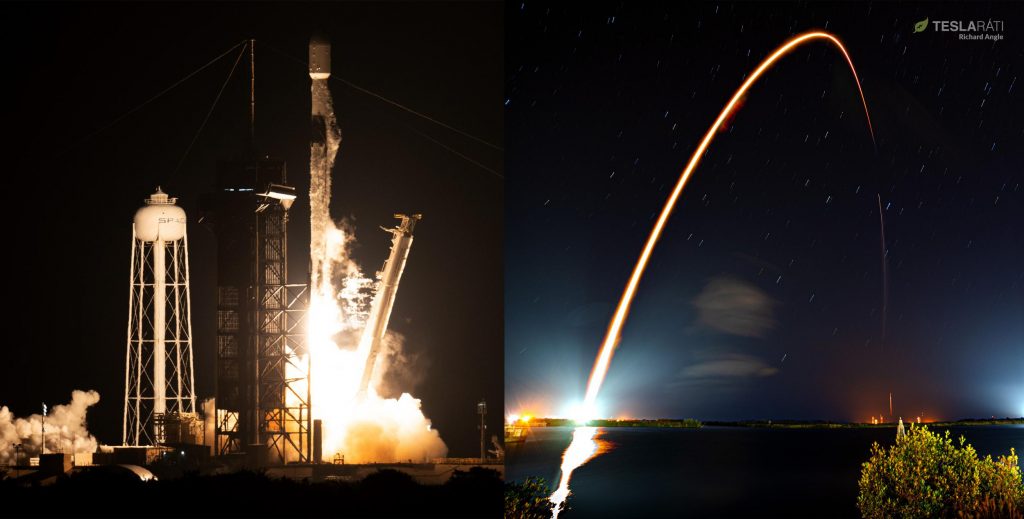
Combined, that means that SpaceX’s nominal 2022 manifest might actually include up to 60 Falcon launches. The question, then, is whether there is any chance at all for SpaceX to actually complete an average of more than one launch per week next year. Conveniently, SpaceX itself seemingly answered that question just this month. In December 2021, the company – pushing all three of its orbital pads to their limits – completed a record five Falcon 9 launches. Technically, it actually completed those five launches in a mere 19 days. Including NASA’s DART mission, which SpaceX launched on November 24th, the company ultimately launched six Falcon 9 rockets in less than four weeks (27 days).
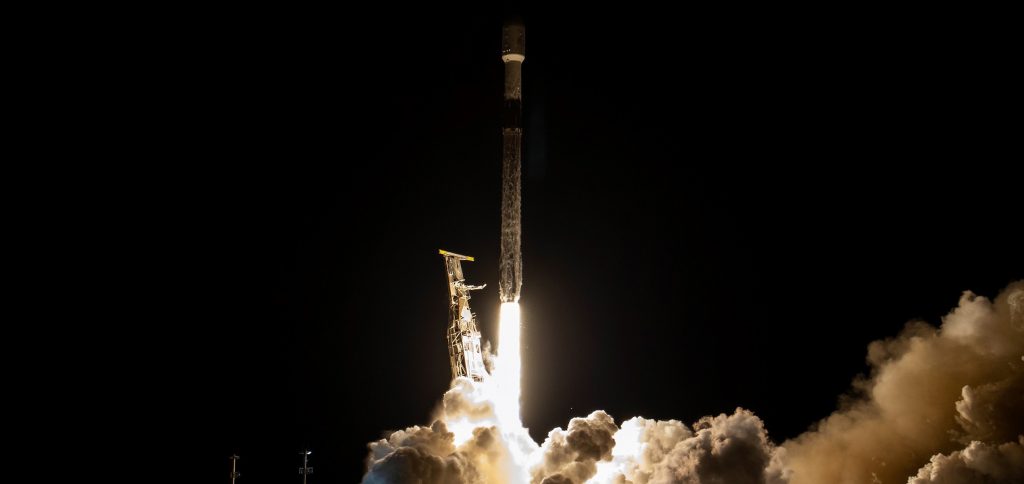
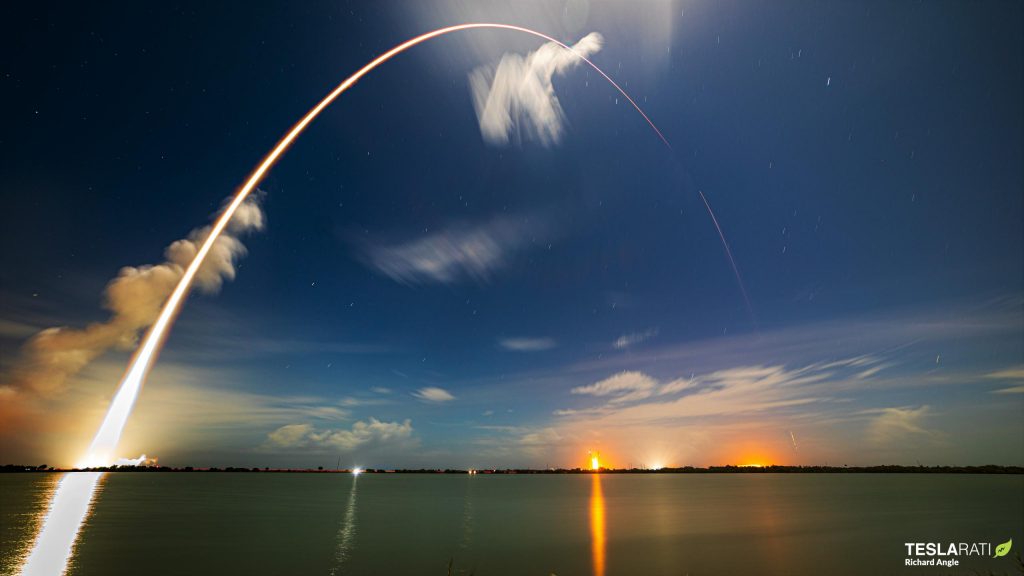
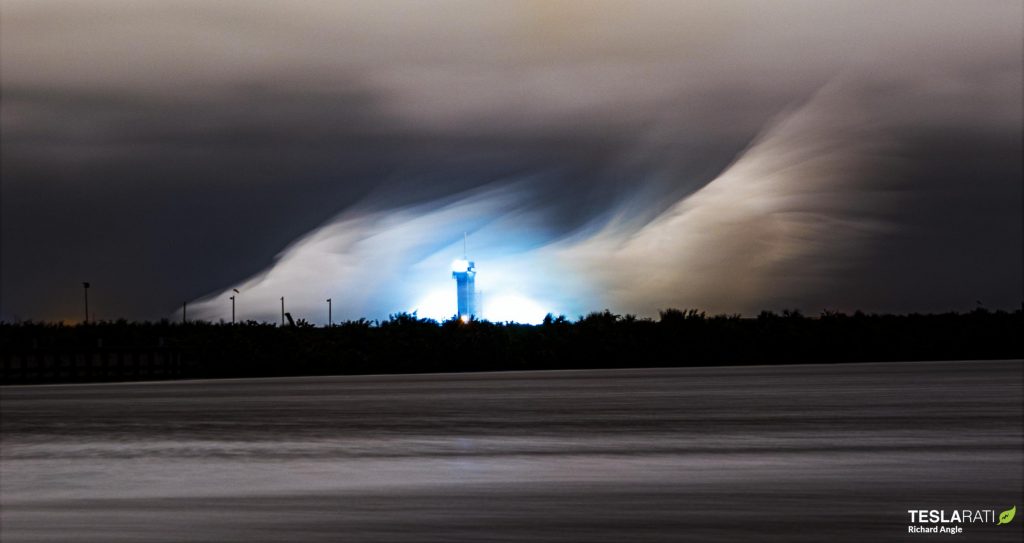
Given the company’s recent cadence records and the turnaround records of each of the three pads used to achieve them, it’s clear that SpaceX could technically repeat that feat – a burst of five launches in 3-4 weeks – every month. Obviously, that’s easier said than done and it’s inherently unlikely for a record-breaking monthly launch cadence to become the norm immediately after, but the achievement still demonstrates that SpaceX is technically capable of launching five times in three weeks and then being ready to do so again by the start of the next month.
Averaged over 2022, 5 launches per month would equate to 60 launches per year. In other words, while unlikely, it’s by no means impossible for SpaceX to replicate 2021’s Starlink launch cadence and simultaneously complete as many as 40 commercial launches. In reality, a more plausible outcome for 2022 might be 5-10 commercial launches slipping into 2023 and SpaceX ultimately completing around 30-35 commercial launches and ~15 dedicated Starlink missions for a total of 45-50 – still an extraordinary hypothetical achievement by any measure. Going off of recent trends, which have seen SpaceX’s annual cadence grow from 21 (2018) and 26 (2020) to 31 (2021), 35-40 launches would be a still more conservative estimate for 2022.
Regardless, even excluding Starship, the year is set to be quite the spectacle for SpaceX. The 40 commercial missions tentatively on the company’s manifest include two Crew Dragon NASA astronaut launches, one or two private Crew Dragon missions to the International Space Station, up to 3 commercial Moon landers, a Korean Moon orbiter, NASA’s Psyche asteroid explorer, and as many as five or six Falcon Heavy launches.

Investor's Corner
SpaceX IPO is coming, CEO Elon Musk confirms
However, it appears Musk is ready for SpaceX to go public, as Ars Technica Senior Space Editor Eric Berger wrote an op-ed that indicated he thought SpaceX would go public soon. Musk replied, basically confirming it.

Elon Musk confirmed through a post on X that a SpaceX initial public offering (IPO) is on the way after hinting at it several times earlier this year.
It also comes one day after Bloomberg reported that SpaceX was aiming for a valuation of $1.5 trillion, adding that it wanted to raise $30 billion.
Musk has been transparent for most of the year that he wanted to try to figure out a way to get Tesla shareholders to invest in SpaceX, giving them access to the stock.
He has also recognized the issues of having a public stock, like litigation exposure, quarterly reporting pressures, and other inconveniences.
However, it appears Musk is ready for SpaceX to go public, as Ars Technica Senior Space Editor Eric Berger wrote an op-ed that indicated he thought SpaceX would go public soon.
Musk replied, basically confirming it:
As usual, Eric is accurate
— Elon Musk (@elonmusk) December 10, 2025
Berger believes the IPO would help support the need for $30 billion or more in capital needed to fund AI integration projects, such as space-based data centers and lunar satellite factories. Musk confirmed recently that SpaceX “will be doing” data centers in orbit.
AI appears to be a “key part” of SpaceX getting to Musk, Berger also wrote. When writing about whether or not Optimus is a viable project and product for the company, he says that none of that matters. Musk thinks it is, and that’s all that matters.
It seems like Musk has certainly mulled something this big for a very long time, and the idea of taking SpaceX public is not just likely; it is necessary for the company to get to Mars.
The details of when SpaceX will finally hit that public status are not known. Many of the reports that came out over the past few days indicate it would happen in 2026, so sooner rather than later.
But there are a lot of things on Musk’s plate early next year, especially with Cybercab production, the potential launch of Unsupervised Full Self-Driving, and the Roadster unveiling, all planned for Q1.
News
Tesla adds 15th automaker to Supercharger access in 2025
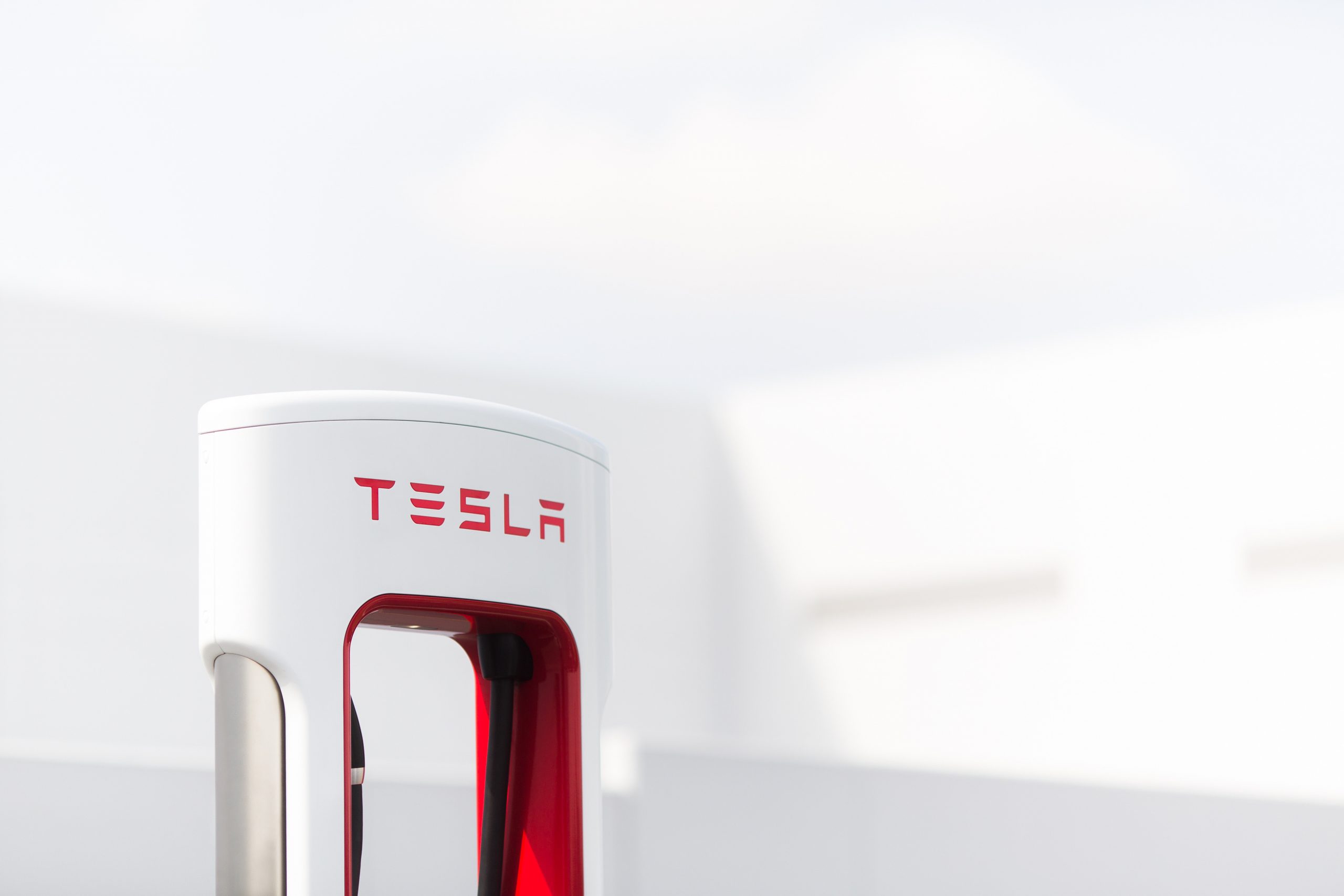
Tesla has added the 15th automaker to the growing list of companies whose EVs can utilize the Supercharger Network this year, as BMW is the latest company to gain access to the largest charging infrastructure in the world.
BMW became the 15th company in 2025 to gain Tesla Supercharger access, after the company confirmed to its EV owners that they could use any of the more than 25,000 Supercharging stalls in North America.
Welcome @BMW owners.
Download the Tesla app to charge → https://t.co/vnu0NHA7Ab
— Tesla Charging (@TeslaCharging) December 10, 2025
Newer BMW all-electric cars, like the i4, i5, i7, and iX, are able to utilize Tesla’s V3 and V4 Superchargers. These are the exact model years, via the BMW Blog:
- i4: 2022-2026 model years
- i5: 2024-2025 model years
- 2026 i5 (eDrive40 and xDrive40) after software update in Spring 2026
- i7: 2023-2026 model years
- iX: 2022-2025 model years
- 2026 iX (all versions) after software update in Spring 2026
With the expansion of the companies that gained access in 2025 to the Tesla Supercharger Network, a vast majority of non-Tesla EVs are able to use the charging stalls to gain range in their cars.
So far in 2025, Tesla has enabled Supercharger access to:
- Audi
- BMW
- Genesis
- Honda
- Hyundai
- Jaguar Land Rover
- Kia
- Lucid
- Mercedes-Benz
- Nissan
- Polestar
- Subaru
- Toyota
- Volkswagen
- Volvo
Drivers with BMW EVs who wish to charge at Tesla Superchargers must use an NACS-to-CCS1 adapter. In Q2 2026, BMW plans to release its official adapter, but there are third-party options available in the meantime.
They will also have to use the Tesla App to enable Supercharging access to determine rates and availability. It is a relatively seamless process.
News
Tesla adds new feature that will be great for crowded parking situations
This is the most recent iteration of the app and was priming owners for the slowly-released Holiday Update.
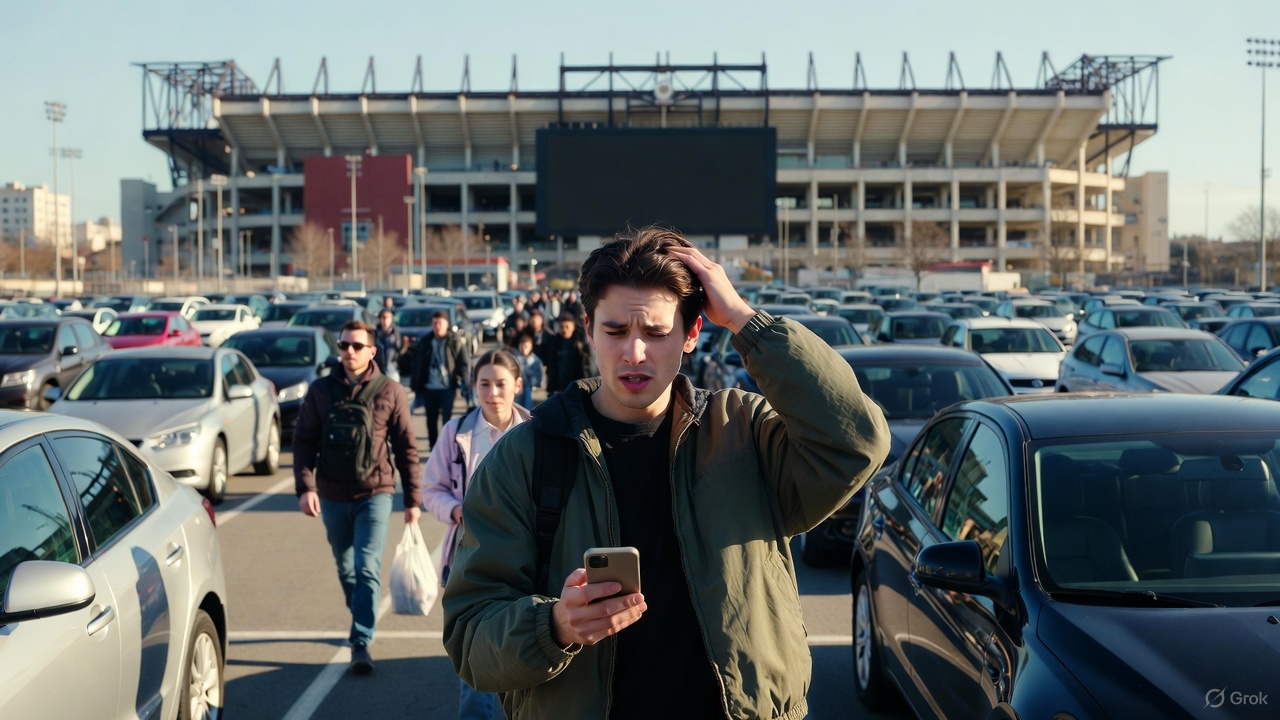
Tesla has added a new feature that will be great for crowded parking lots, congested parking garages, or other confusing times when you cannot seem to pinpoint where your car went.
Tesla has added a new Vehicle Locator feature to the Tesla App with App Update v4.51.5.
This is the most recent iteration of the app and was priming owners for the slowly-released Holiday Update.
While there are several new features, which we will reveal later in this article, perhaps one of the coolest is that of the Vehicle Locator, which will now point you in the direction of your car using a directional arrow on the home screen. This is similar to what Apple uses to find devices:
Interesting. The location arrow in the Tesla app now points to your car when you’re nearby. pic.twitter.com/b0yjmwwzxN
— Whole Mars Catalog (@wholemars) December 7, 2025
In real time, the arrow gives an accurate depiction of which direction you should walk in to find your car. This seems extremely helpful in large parking lots or unfamiliar shopping centers.
Getting to your car after a sporting event is an event all in itself; this feature will undoubtedly help with it:
The nice little touch that Tesla have put in the app – continuous tracking of your vehicle location relative to you.
There’s people reporting dizziness testing this.
To those I say… try spinning your phone instead. 😉 pic.twitter.com/BAYmJ3mzzD
— Some UK Tesla Guy (UnSupervised…) (@SomeUKTeslaGuy) December 8, 2025
Tesla’s previous app versions revealed the address at which you could locate your car, which was great if you parked on the street in a city setting. It was also possible to use the map within the app to locate your car.
However, this new feature gives a more definitive location for your car and helps with the navigation to it, instead of potentially walking randomly.
It also reveals the distance you are from your car, which is a big plus.
Along with this new addition, Tesla added Photobooth features, Dog Mode Live Activity, Custom Wraps and Tints for Colorizer, and Dashcam Clip details.
🚨 Tesla App v4.51.5 looks to be preparing for the Holiday Update pic.twitter.com/ztts8poV82
— TESLARATI (@Teslarati) December 8, 2025
All in all, this App update was pretty robust.
